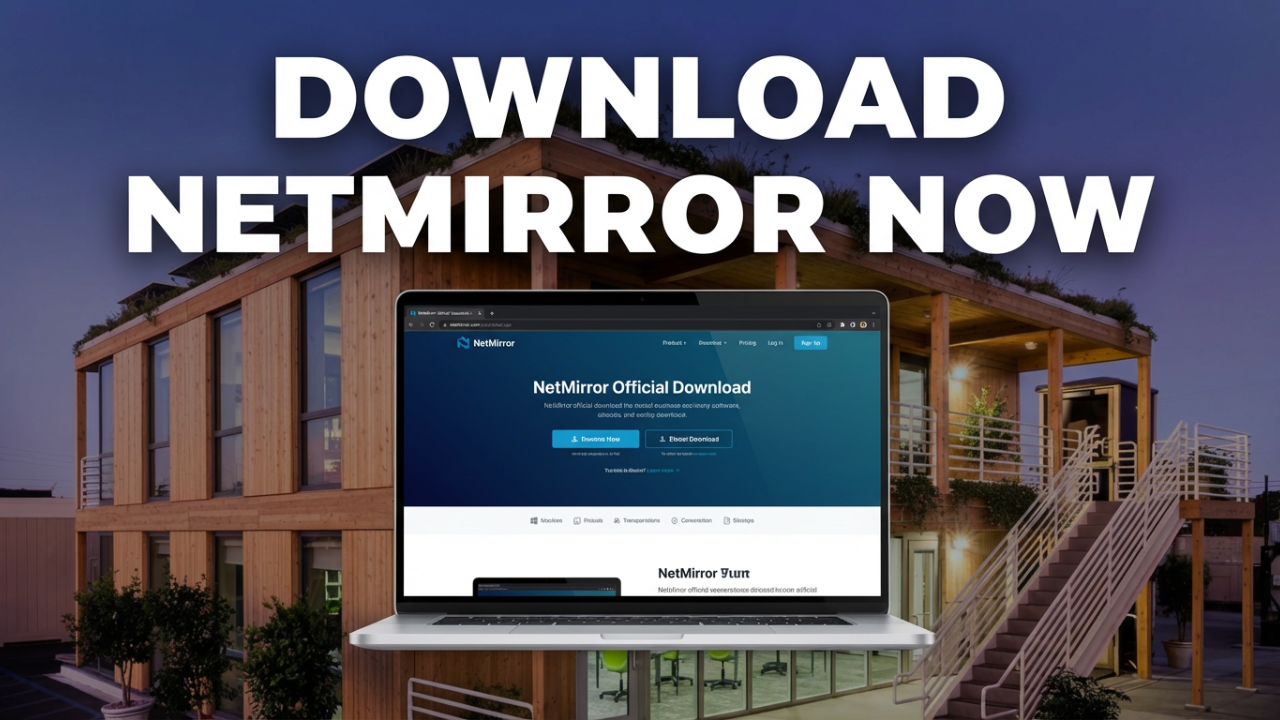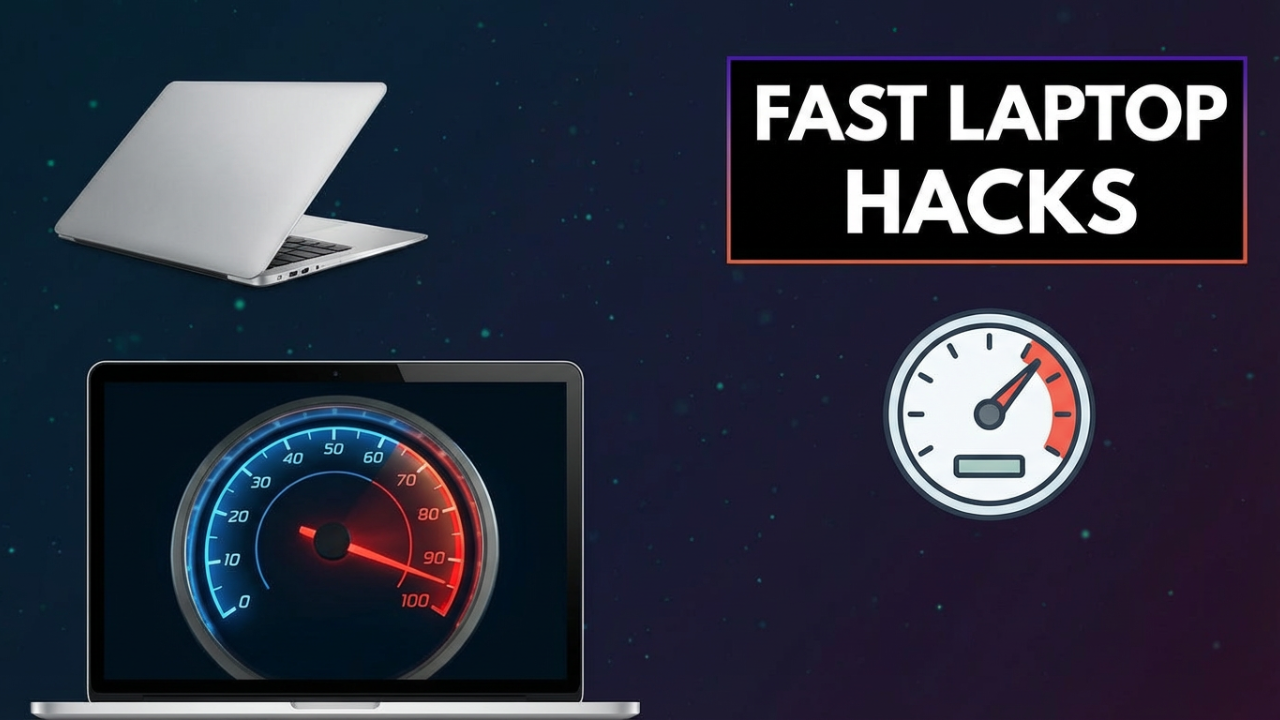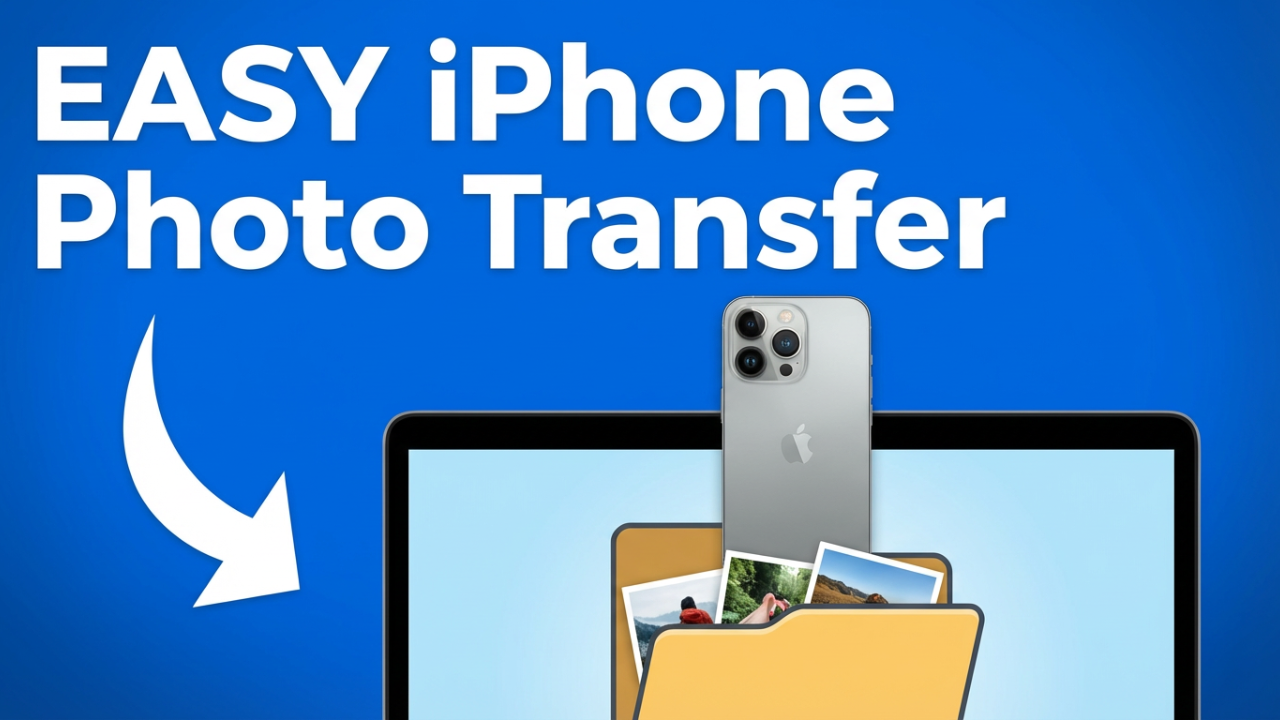Understanding Computer Peripheral: An In-Depth Exploration
In the modern digital age, our interaction with technology has become increasingly sophisticated, leading to a reliance on various devices that enhance the functionality of our computers. Among these essential components are computer peripherals—devices that expand the capabilities of a computer system, making it possible to execute a wider range of tasks effectively. This blog post delves into what computer peripherals are, their classifications, and their significance in enhancing user experience and productivity.

What IS Computer Peripheral?
At its core, a computer peripheral is any external device that connects to a computer to add functionality. These devices can be essential for basic computer use or serve specialized purposes that enhance productivity and creativity. They include input devices, output devices, storage devices, and communication devices, among others. The main feature that distinguishes peripherals from the computer’s core components (CPU, motherboard, etc.) is their ability to be connected and disconnected, allowing for a flexible computing experience.
Classification of Computer Peripherals
Computer peripherals can be broadly categorized into three types:
- Input Devices:
Input devices are used to send data and control signals to a computer. They enable users to interact with the computer and provide the information needed for processing. Some of the most common input devices include:- Keyboard: The keyboard is perhaps the most recognized input device. It allows users to enter text and commands through individual keys.
- Mouse: A pointing device that allows users to navigate the computer’s graphical user interface (GUI). It can be mechanical or optical and comes in several forms, including wireless and wired variants.
- Scanner: A device that converts physical documents and images into digital format for easy storage and manipulation.
- Microphone: Used for inputting audio, this device has become especially important in applications such as voice recognition software and online communication.
- Game Controllers: These peripherals provide input specifically for gaming, enhancing the gaming experience through various control schemes.
- Output Devices:
Output devices take data from the computer and present it in a form understandable to the user. These devices convert and convey information in visual, audible, or tactile formats. Common output devices include:- Monitor: A display screen that presents visual output from the computer. Different types such as LCD, LED, and OLED monitors vary in terms of resolution and color depth.
- Printer: This peripheral translates digital documents into physical copies. Printers come in various types, including inkjet, laser, and dot matrix, catering to different printing needs.
- Speakers: Used for audio output, speakers can range from simple, single-unit devices to complex surround sound systems that enhance multimedia experiences.
- Projectors: Ideal for presentations, these devices project images and videos onto larger surfaces, making them suitable for classrooms and conferences.
- Storage Devices:
Storage devices are crucial for data management, providing additional space for storing files beyond the computer’s internal storage. While some may serve solely as backup options, others enable data portability. Examples include:- External Hard Drives: These provide substantial amounts of storage, often used for backups or to store large files that may not fit on internal drives.
- USB Flash Drives: Compact and easily portable, USB drives offer a convenient means to transfer data between devices.
- Memory Cards: Frequently used in cameras, smartphones, and tablets, these small storage devices allow for ample data storage and transfer.
- Communication Devices:
These peripherals enhance the ability of computers to communicate with other systems or networks. Examples include:- Modems: These devices allow for internet connectivity, transforming data signals for transmission over telephone lines or cable systems.
- Network Adapters: Used in wired and wireless networks to connect a computer to a local area network (LAN).
- Webcams: Essential for video conferencing, these devices enable users to capture video and still images.
The Importance of Computer Peripherals
The significance of computer peripherals cannot be overstated. These devices play a critical role in the overall functionality and user experience of computing systems. Here are several reasons why computer peripherals are integral to effective computing:
- Enhanced Functionality:
Without peripherals, the capabilities of a computer are severely limited. For instance, a computer cannot process or display information without a keyboard for input and a monitor for output. Peripherals bridge the gap between the user and the computer, enabling a dynamic interface. - Improved Productivity:
Utilizing the right peripherals can significantly boost productivity. For example, a high-quality printer can streamline documentation processes in an office setting, while an ergonomic keyboard and mouse can enhance comfort during long hours of work, reducing strain and increasing efficiency. - Customization and Flexibility:
Users can tailor their computing experience by choosing peripherals that meet their specific needs. Whether it’s selecting a gaming mouse with adjustable DPI for gaming enthusiasts or a 4K monitor for graphic designers, the ability to customize hardware can greatly enhance user satisfaction. - Streamlined Communication:
In an increasingly interconnected world, communication devices are essential. Peripherals like webcams and microphones enable remote collaboration, making it possible for teams to work together seamlessly, regardless of their physical locations. - Data Management and Accessibility:
Storage peripherals ensure that valuable data is safely stored and easily accessible. External drives, USB flash drives, and memory cards all contribute to an organized data management strategy, allowing for easy retrieval and transfer of documents.
Conclusion
As our digital landscape continues to evolve, the role of computer peripherals remains integral in shaping user experiences and enhancing productivity. By understanding the various types of peripherals—input, output, storage, and communication—users can make informed decisions about which devices best suit their needs. Whether in professional settings, educational institutions, business use, or personal use, the right combination of peripherals can optimize the computing experience, making it not only more productive and efficient but also more enjoyable. As technology continues to advance, the capabilities and innovations surrounding computer peripherals will undoubtedly expand, further enriching our interaction with computers and enhancing the digital environment in which we operate.






